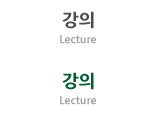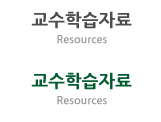Professor Wai Chee Dimock begins her discussion of The Great Gatsby by highlighting Fitzgerald's experimental counter-realism, a quality that his editor Maxwell Perkins referred to as "vagueness."
She argues that his counter-realism comes from his animation of inanimate objects, giving human dimensions of motion and emotion to things as varied as lawns, ashes, juicers, telephones, and automobiles.
She concludes with a short meditation on race in The Great Gatsby and encourages a closer reading of the novel's instances of racial differentiation.
00:00 - Chapter 1. Maxwell Perkins and the "Vagueness" of Gatsby
03:51 - Chapter 2. The Experimentalism of The Great Gatsby
06:55 - Chapter 3. Counter-Realism in The Great Gatsby
09:37 - Chapter 4. The Animation of the Inanimate
19:28 - Chapter 5. The Human and the Machine
27:37 - Chapter 6. The Telephone
36:54 - Chapter 7. The Automobile
42:09 - Chapter 8. Race and the Automobile
46:46 - Chapter 9. Death and the Automobile
She argues that his counter-realism comes from his animation of inanimate objects, giving human dimensions of motion and emotion to things as varied as lawns, ashes, juicers, telephones, and automobiles.
She concludes with a short meditation on race in The Great Gatsby and encourages a closer reading of the novel's instances of racial differentiation.
00:00 - Chapter 1. Maxwell Perkins and the "Vagueness" of Gatsby
03:51 - Chapter 2. The Experimentalism of The Great Gatsby
06:55 - Chapter 3. Counter-Realism in The Great Gatsby
09:37 - Chapter 4. The Animation of the Inanimate
19:28 - Chapter 5. The Human and the Machine
27:37 - Chapter 6. The Telephone
36:54 - Chapter 7. The Automobile
42:09 - Chapter 8. Race and the Automobile
46:46 - Chapter 9. Death and the Automobile
전체 댓글수 :














